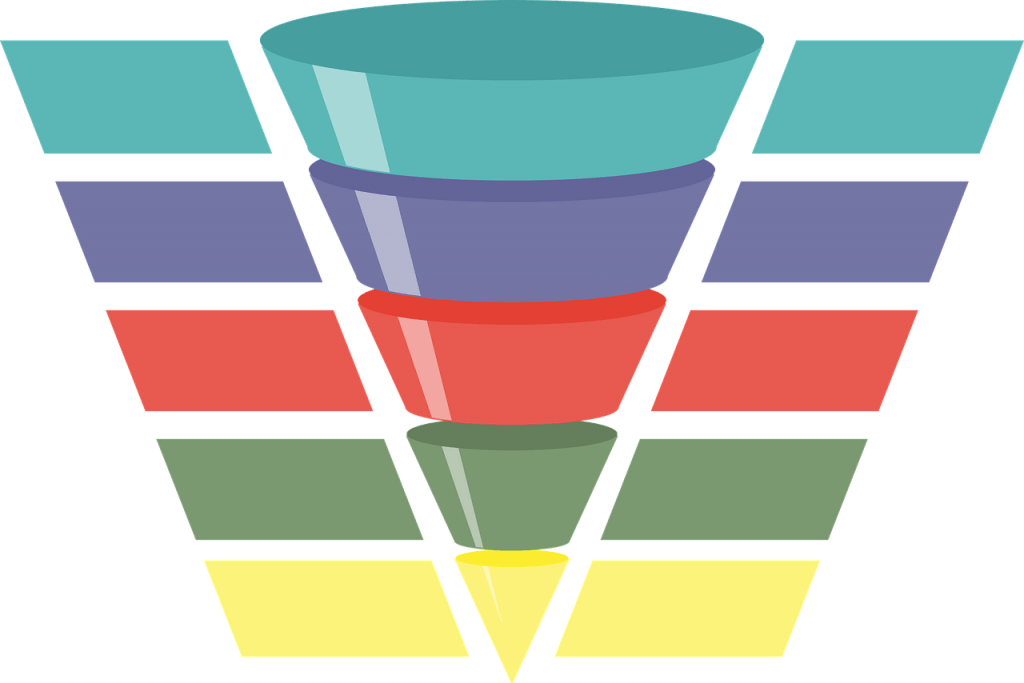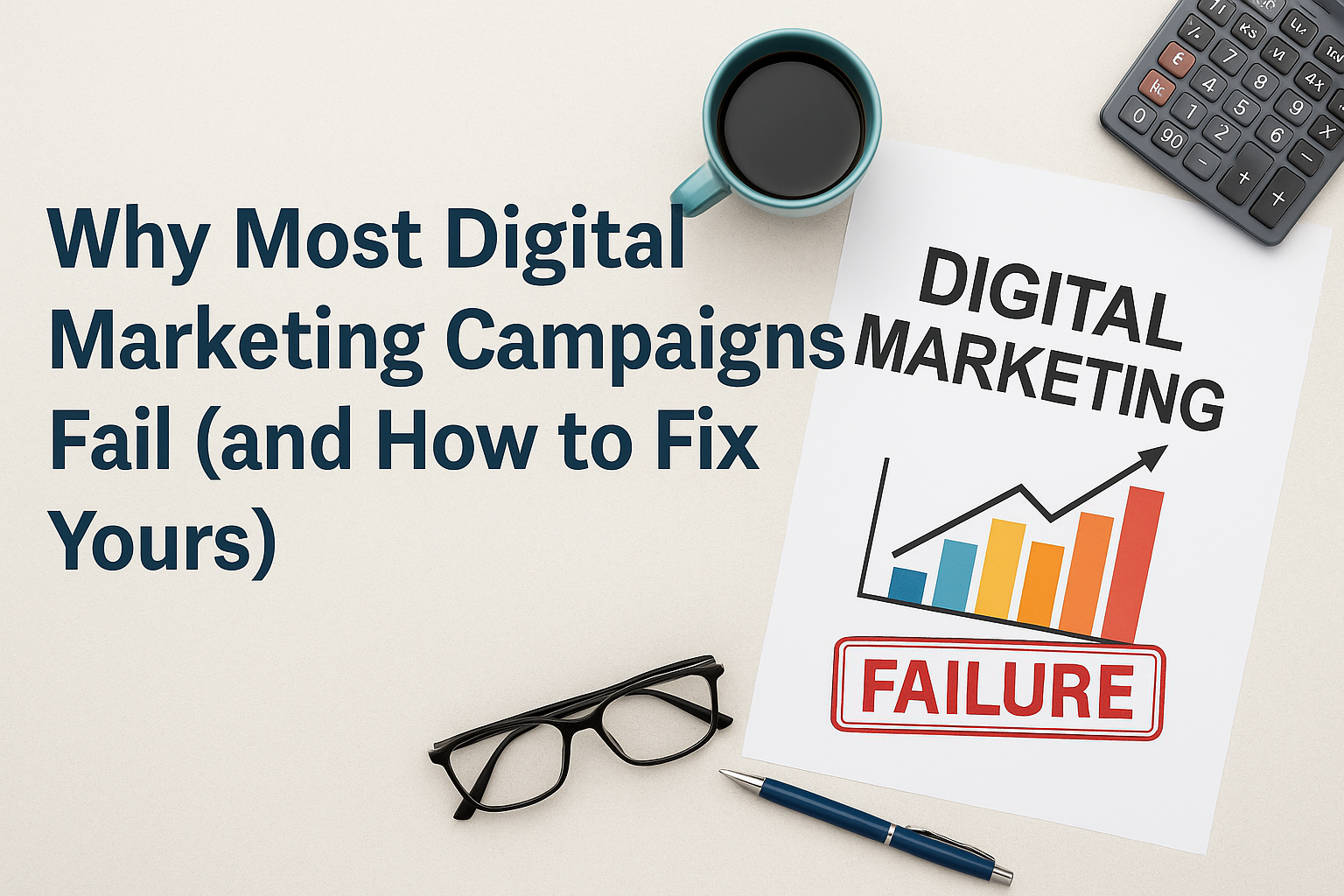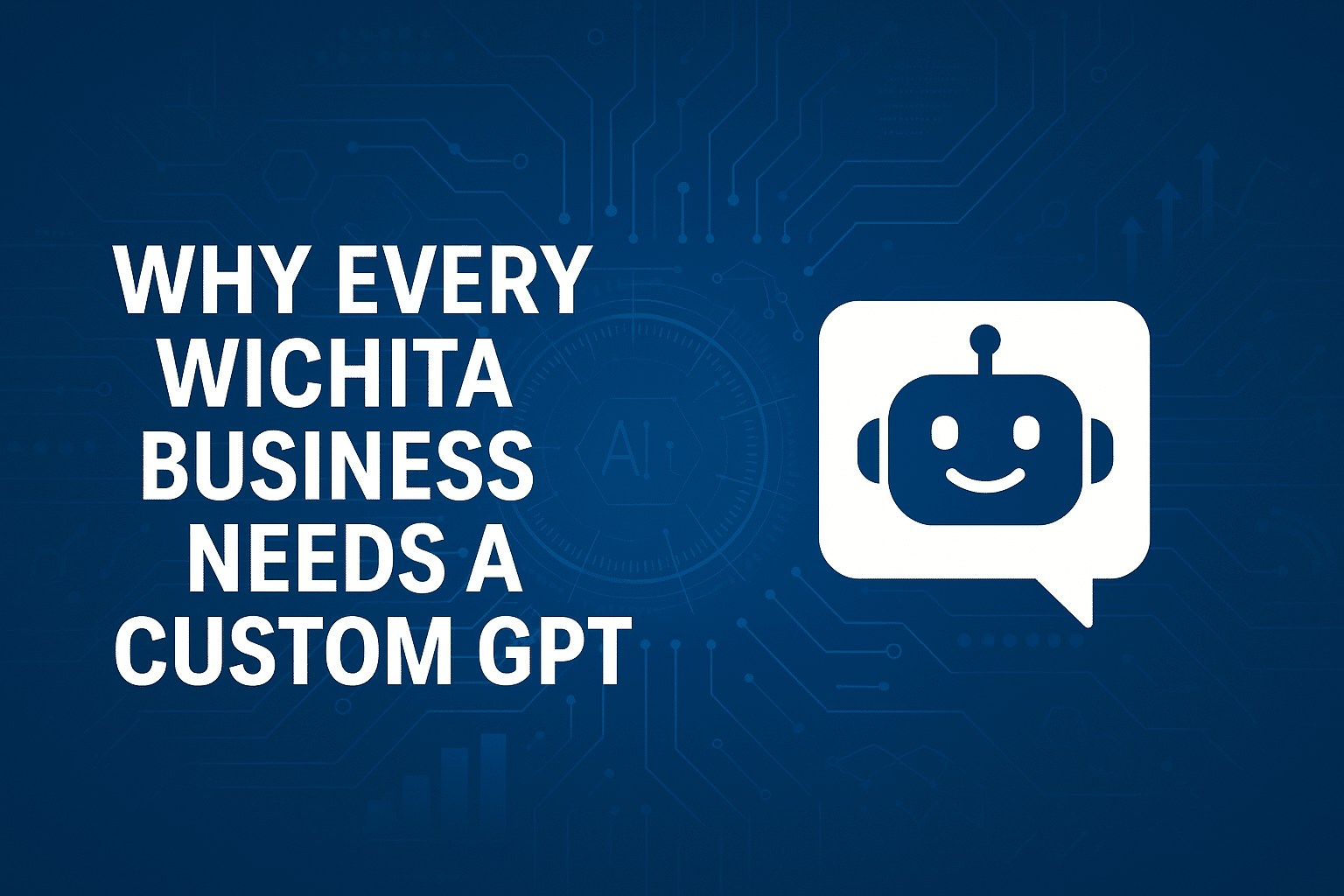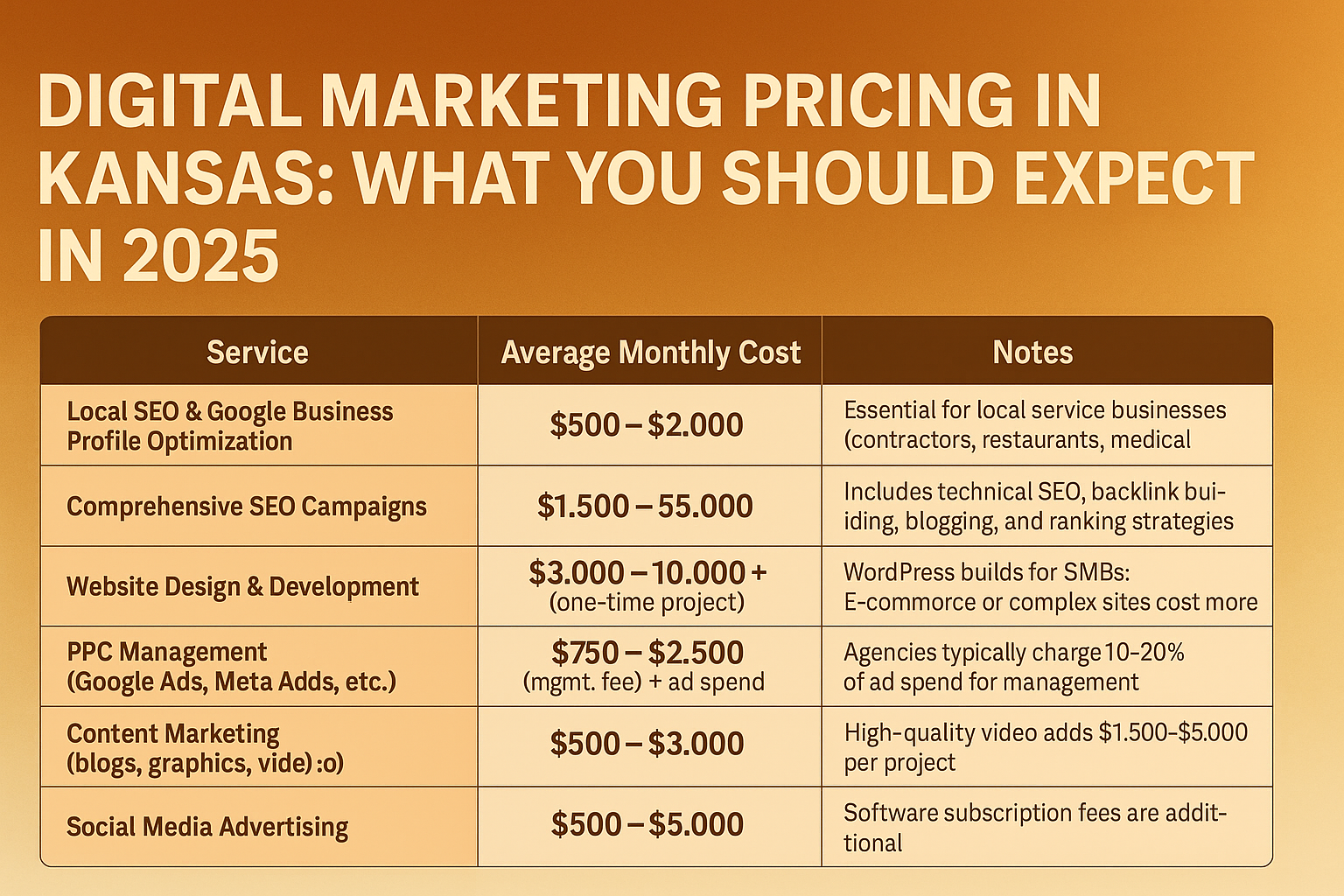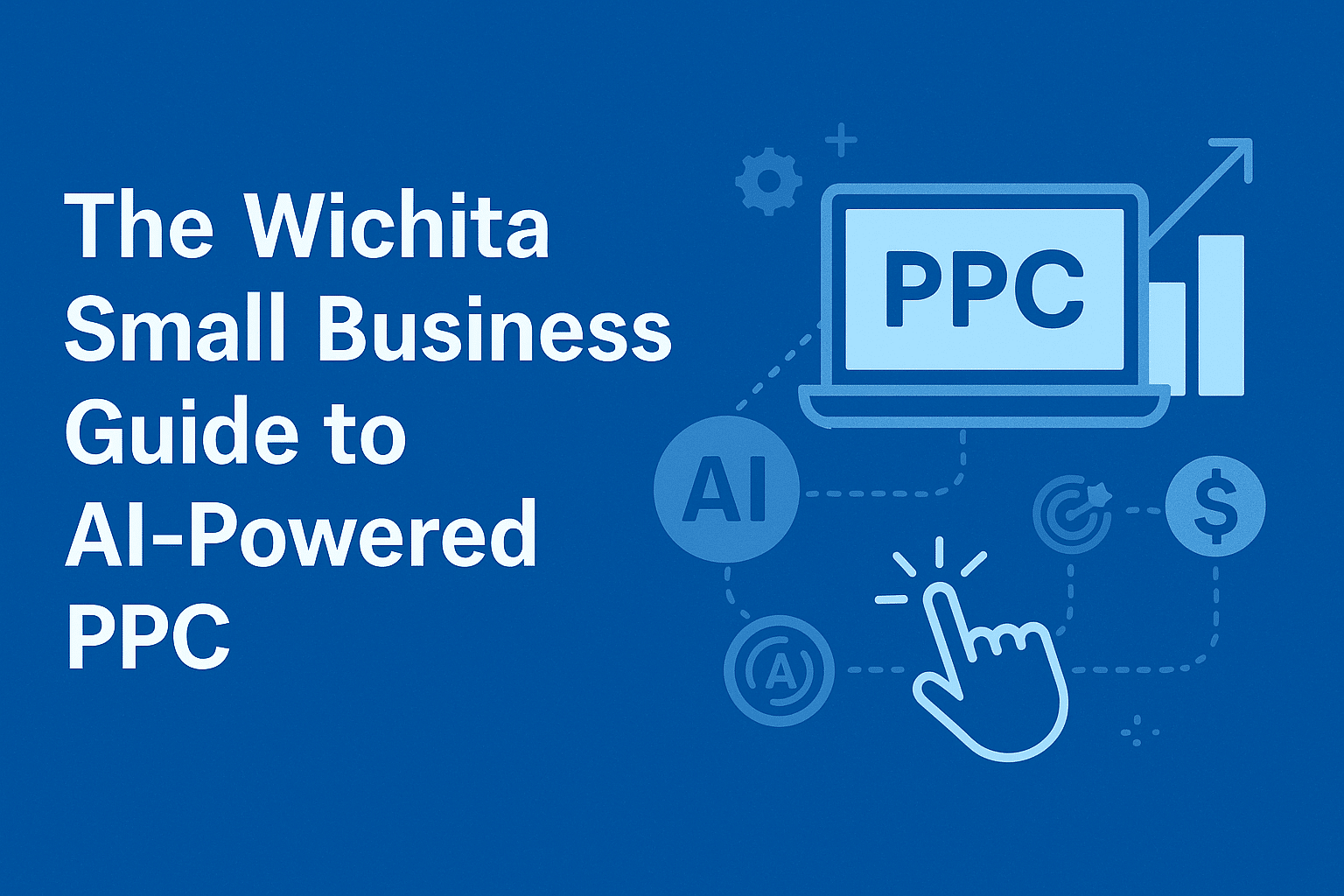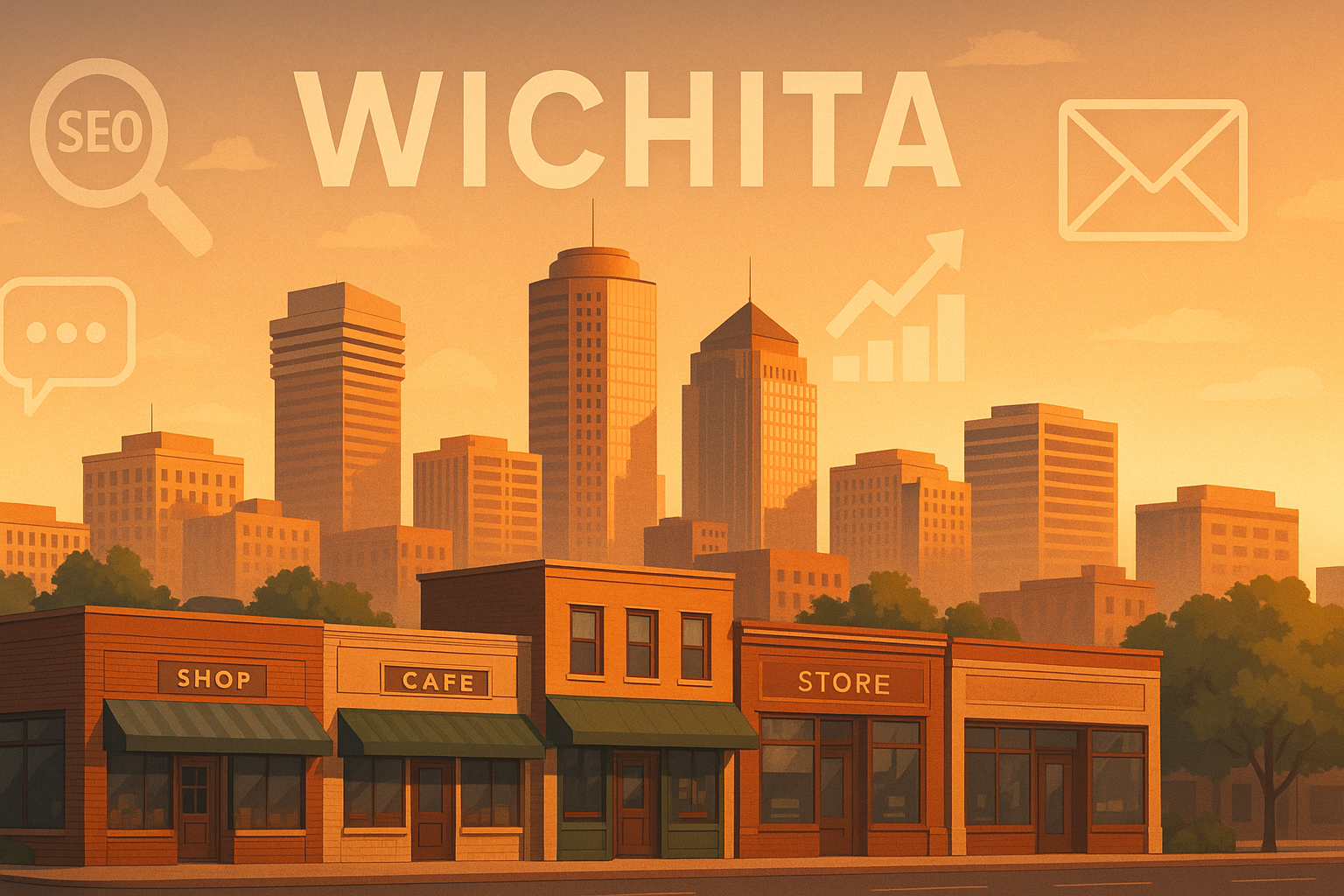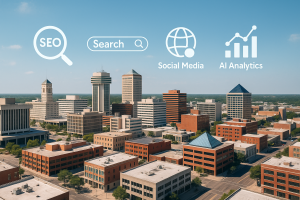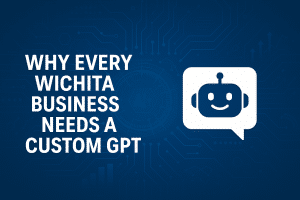Sales Funnels are necessary for any business marketing itself online. These funnels help channel views and clicks into leads which can then be converted into sales. Without an appropriate sales funnel in place, your website may receive many visitors, but may not convert many of those visitors into sales. This is where the sales funnel comes into play. When implemented correctly, the sales funnel helps walk your customers through the sales process on their own terms. This covers the transition from soft sell into hard sell and allows for the customer to be exposed to your offers without overwhelming them on first contact. In other words, the sales funnel is your ticket for closing down big sales without having to devote all your time and effort into one process.
The Sales Process
To create an effective and realistic sales funnel, it is important to first understand the sales process. Whole the different stages of the sales process may fall under different terms according to brand and industry, the fundamentals of selling are constants across all products and services. Generally speaking, the sales process consists of First Contact (Lead), Interest, Engagement, Decision, and Action (Sell). Getting from one step to the next might look different from business to business, but the general flow is all the same.
The Sales Process doesn’t vary much online, and the key concepts are still the same. When a customer first comes into contact with your business, they become a lead. This does not mean that they are a promising lead, but that they are at least aware of what your business is and what it has to offer. When they express interest, whether via a “like” or by following a link, you can then start to engage them directly or even via automated systems. From here you can broach the idea of a purchase and then make the hard sell, ending in the lead’s decision to become a buyer.
Sales Funnels take advantage of the Sales Process by automating the engagement step, and even the decision and action steps when appropriate. A clear understanding of this process is all you need to begin creating the best Sales Funnel for your business.
Research
In order to generate leads, you need to understand who you are targeting. A complete and efficient Sales Funnel is useless if the appropriate audiences are not being reached initially. If you don’t have a keen understanding of your target demographics, even the best sales funnels will churn out lost sales. The quality of leads you generate correlates directly with the quality of sales your funnel churns out.
The best way to know what audiences to target is by having a thorough knowledge of your products/services and the people that most frequently buy them. If you are just starting out, the second part may be difficult to access. However, the internet has a plethora of information and analytic services for determining who is most likely to buy from you. A great place to start is with Facebook, Twitter, or other social media analytics. These components of social media platforms provide in-depth looks at target audience data when crafting an ad campaign. Once your research is completed, you can tool your Sales Funnel and Leads Generation plan to fit your exact needs.
Classify Your Customers
When generating leads, it is important to understand that no two customers are alike. However, customers can easily be sorted into defined groups. Having a clear understanding of your products and services allows you to know who will be using them and why. Start by categorizing your customers, or potential customers into distinct, targetable groups. If your product has multiple uses, then categorizing customers by different uses of the product is a great place to start.
Customers can be categorized by other demographics, primarily age and gender. You can also help to classify your customers by developing certain content, ads, or posts for specific sites. The leads that you gather through Facebook most likely won’t be the same that you gather through Twitter, so adapt your lead generation content to meet the differing needs of users on different platforms. The more work you put in to understanding who would make the best lead for your sales funnel, the less you have to worry about making the final sale once you get them started through your funnel.
Strategize
Make a game plan. Strategy is the most crucial step in developing an appropriate sales funnel. Without a well-defined and easily implemented plan in place, your efforts will be mostly fruitless. Before you start rolling out lead generation content or sales pitches, you need to have a clear understanding of where your business is starting from and the kind of results that you want to see from your sales funnel.
Strategy is where a clear understanding of the sales process is needed. If you don’t have a plan for walking your leads through the sales process, whether automated or manually, you will struggle to guide them from the first contact to the sale. Understand your target audiences and formulate a plan to hook them into the lead, to make meaningful first contact, to present the idea of the sale (soft sell), and finally to complete the sale (hard sell).
Lead Generation
Lead Generation is the first step. This is the online equivalent of the first contact. This is how you put your business, your products, and your services in front of the average consumer. This is often the easiest step because the first contact does not rely on too heavy of a “hook”. When generating leads at this stage, you are simply concerned with getting what you have to offer in front of as many of the target audience’s eyes as possible. From here you may begin to funnel them through the sales process.
Lead Generation should give you the largest pool from your target audience, and the sales funnel narrows that pool down to those that desire to and will buy from you in the final stages of the sales process. You will not sell to every lead you generate, and that is perfectly okay. Remember that the sales funnel is all about matching your products and services to the right customer, not forcing a sale that doesn’t benefit either party.
Social Media
Social Media is a terrific place to begin lead generation. The best part is most social media platforms are initially free. If you are just starting a business; a Facebook, Instagram, YouTube, or Twitter page is the best place to start. From here you can begin to build a target audience base. All it takes is a simple like and/or follow to regularly put your content in front of a large audience. A consistent Facebook page can do wonders for growing your leads and providing your sales funnel with an ample pool to draw from.
Most social media platforms also offer analytic and ad services to help you maximize the potential of your presence on the platform. Utilize these tools to better your lead generation and increase the potential of your sales funnel.
Advertisements
Going hand in hand with most social media platforms (but especially Facebook) advertisements can be an effective way to reach your target audience(s) and open up your sales funnel to new possibilities. By using the analytics and advertisements manager features on platforms such as Facebook, you can refine your ad campaigns with expert analytic advice.
Advertisements can be used to make the hard sell on impulse or everyday items, but for a true sales funnel ad campaigns should direct to either your profile/account page, your website, or a sales funnel specific to the advertisement. An effective ad makes your customers aware of what you have to offer, sparks their interest, and, when clicked, begins the engagement step of the sales funnel. From here customers can begin to navigate through your established sales process, ending in more sales.
Traffic Upkeep
It is important to keep targeting your audience over time. One brief period of Facebook posts or Twitter replies isn’t enough. A truly successful sales funnel keeps generating leads that result in sales over an extended period of time. While you may not desire to promote a certain funnel as heavily over time, it is always beneficial to redirect or return to established funnels over time in order to maximize their potential.
Consistent social media content posts, recurring advertisement campaigns, and even reposts can help direct target audiences back to an opportunity they may have missed or might want to take advantage of again. Keep channeling potential customers into your existing sales funnels and watch them return far beyond what you have invested.
The Landing Page
Once your leads have been generated, your customers have decided to become interested, and have engaged with either your social media posts or advertisements, your links will direct them to the first directly manipulatable portion of your sales funnel. The landing page is a customer’s first real impression of what your business and offers are genuinely like. While you can use your Home Page as a landing page for larger offers such as services, partnerships, or a lengthy consumer relationship, a landing page is more appropriate for single time sales.
The Landing page should stand out visually but should not be overwhelming. The customer does not need to be immediately met with “Buy Now” buttons or flashy graphics trying to get them to buy right away. Rather, the landing page should consist of product features, testimonials, demos, or other incentives to show them why they need to buy into your product or service. The “Buy Now” buttons or initial offer should come only after the landing page has stoked the customer’s interest in what you have to offer.
Engagement Strategy
Just as with lead generation, an appropriate engagement strategy needs to be determined when developing a landing page and piquing the customer’s interest in what you have to offer. Again, do not overwhelm the customer with hard-selling right off the bat. Rather, design your landing page to move the customer through the sales process, not push them to buy. Sales is not an immediate thought for most people, especially when making a large purchase. To effectively sell, you need to formulate a strategy that engages with the customer on their level, particularly in regard to the reason(s) why the followed your lead generation posts/ads in the first place.
Conversion
Conversion is where the engagement process begins to turn into the sales process, and where the soft sell eventually becomes the hard sell. Without conversion, there is no sale and the sales funnel is worthless. However, appropriate conversion strategies will result in sales and the increased effectiveness of your sales funnel.
Content Creation
Engage the customer with content that appeals to their interests. If you have a clear understanding of your target audiences or the people who have engaged with your offers so far, you can develop your content to meet them on their level. Effective content creation appeals to their sense of humor, their sense of desire, and the reasons why they chose to follow your initial engagement posts and to begin walking through your sales process, even if they do not realize that they are a part of it.
Humor is a great way to engage with customers immediately, in a non-threatening way. You don’t want to overwhelm a visitor to your website with sales right off the bat, and humor is a great way to ease them into continuing through the sales funnel. Testimonials are also a great way to ease visitors into the process by presenting them with similar individuals who have found what they are looking for on the website that the potential customer is now on.
Incentivizing
As the soft sell begins, it may be beneficial to incentivize consumers. Discounts on a particular item or bulk sales are a great way to drop the price and to entice a consumer into making the purchase. You can also offer free or bonus items in addition to the focus product for those that buy within a certain window of time. Incentivizing helps create a need to buy, and a need to buy instantly, or at least within a short window.
Incentives can help push a customer through the soft sell to the hard sell without seeming pushy or gimmicky. Make sure to incentivize with valuable items such as a helpful guide, additional training, or complementary products to go with the one they are purchasing.
Conclusion
A well-tuned sales funnel can establish both your internet presence and success in a matter of days. By generating targeted leads, you can begin to work potential customers through the sales funnel and turn them into returning customers. Ensure that you are utilizing the analytic and advertisement tools at your disposal to create an appropriate funnel with which to work with. As you move customers through, make sure to demonstrate the value of what you have to offer gradually as you transition from the soft sell to the hard sell. A successful sales funnel moves the customer from point A to point B and allows your business to begin sustaining itself through the internet.
Featured Image
Image by Trang Le from Pixabay






